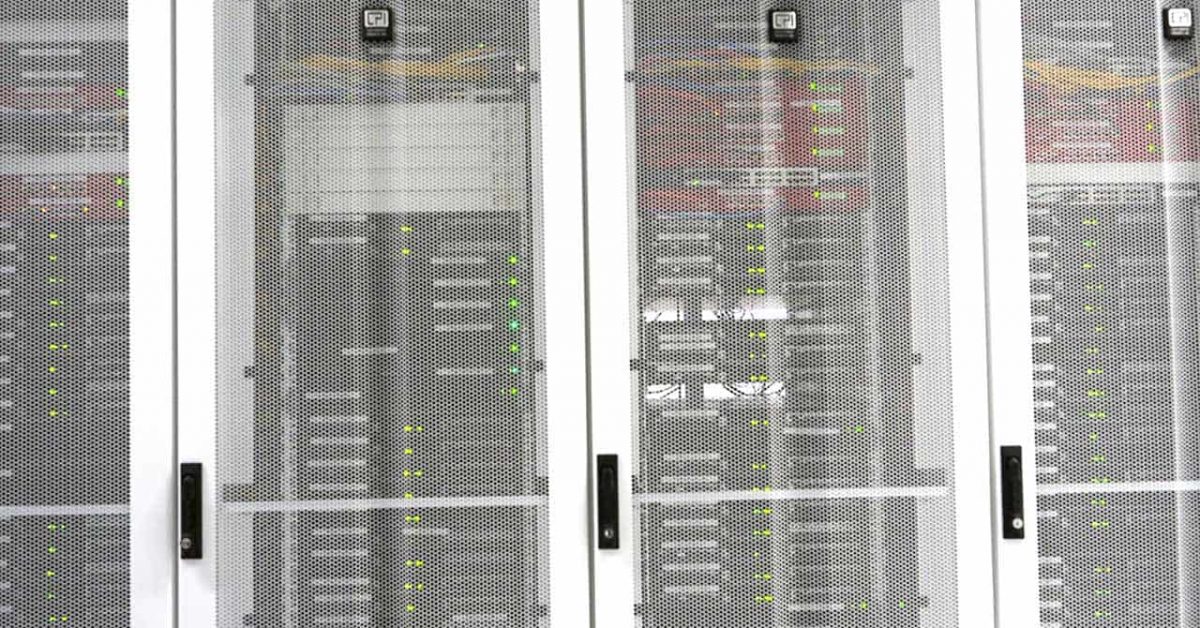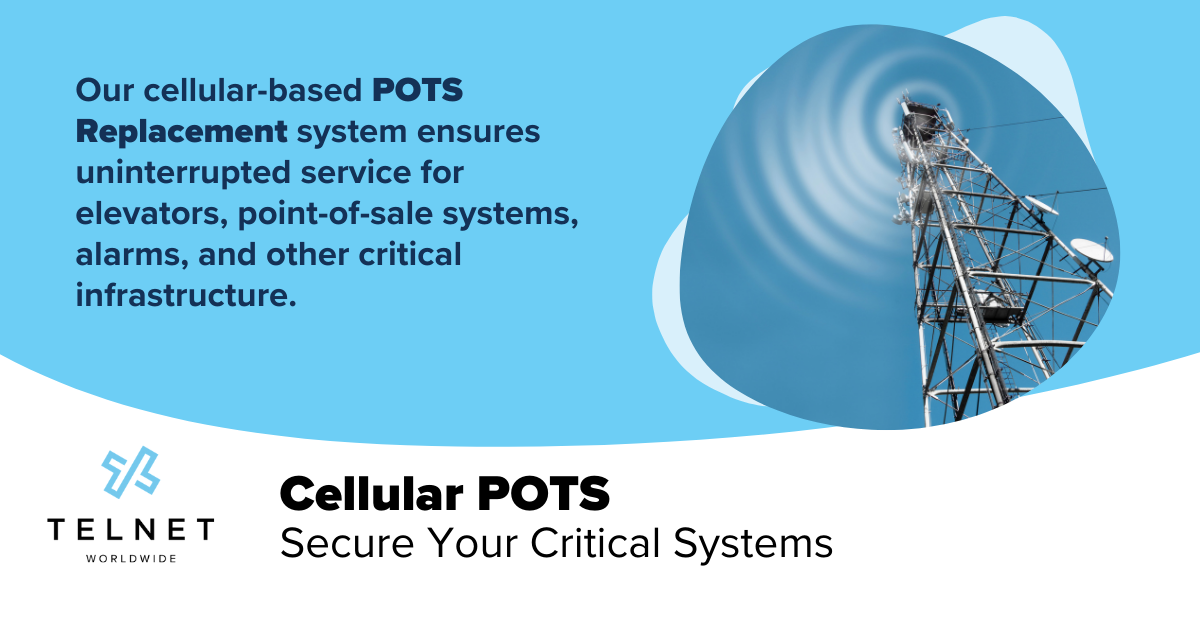When it comes to making the decision between one data center and another, there’s no doubt that power capacity is a critical factor at the top of the checklist. Of course, each organization’s capacity needs vary widely depending on their size, functions and equipment.
At TelNet Worldwide’s data center facility, you can choose whether you want to bring single-phase or three-phase power to your cabinets. Not sure about your power distribution needs? No worries. We can help you figure it out.
Single-Phase vs. Three-Phase: What’s the Difference?
Single-phase power systems distribute up to 208 volts of alternating current over two wires — an active conductor and a neutralone. The current alternates in both direction and magnitude at regular intervals, meaning the power delivered to your cabinet actually falls to zero at various points.
Single-phase systems are ideal for customers with smaller workloads who aren’t in need of high-density capacity. As such, they’re certainly becoming a rarity in data centers today as the demand for more computing and storage capacity continues to skyrocket.
This also explains the growing demand for three-phase power, which distributes 208 volts. These systems are made of — you guessed it — three alternating currents. Each of these currents is shifted by a third cycle, or 120 degrees, so that the power never drops.
In short, where you get a discontinuous stream of power with a single-phase system, three-phase systems maintain a constant flow of power to your cabinet. Plus, you get 1.7 times the power of a single-phase with a three-phase system.
The Case for Three-Phase
As equipment has gotten smaller over time, the number of units that can be housed within a rack has increased pretty dramatically. Single-phase systems end up struggling to keep up with the power requirements of such high-density cabinets.
And despite distributing more power, three-phase systems are actually less costly to run, because their transmission lines don’t require the same heavy copper wires needed for single-phase. You get a higher power capacity at a lower cost.
Plus, because of the constant power supply, three-phase power is ideal for organizations hosting mission-critical equipment.
All in all, three-phase systems deliver real cost savings and power efficiencies.
Have More Questions?
TelNet Worldwide’s Technical Solution Specialists would be happy to answer them! Whether you need help selecting the optimal power solution for your needs or want to take a tour of our facility, we’re always here to help.





